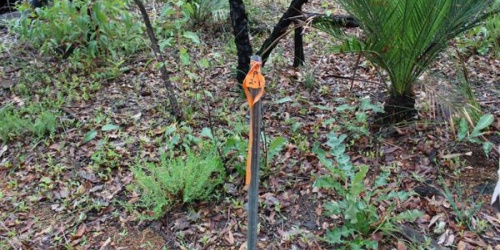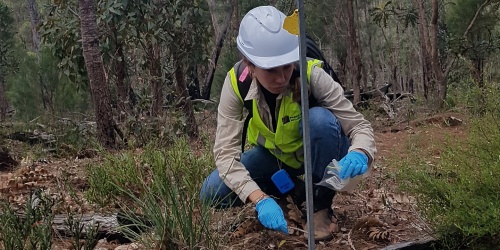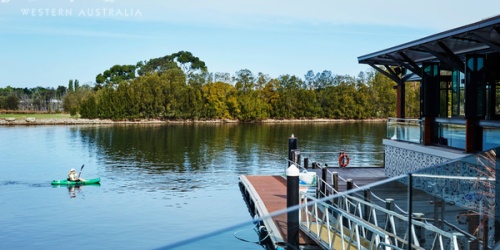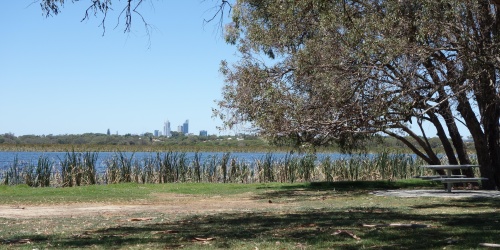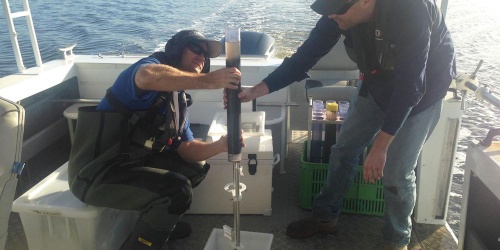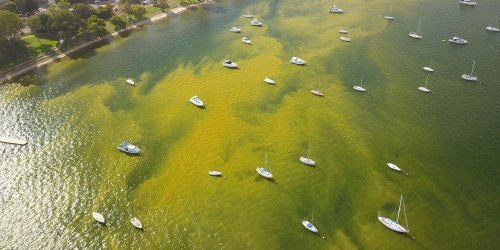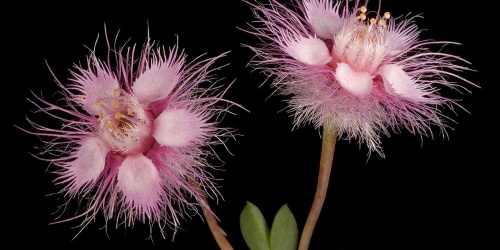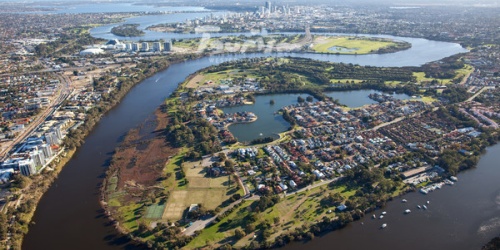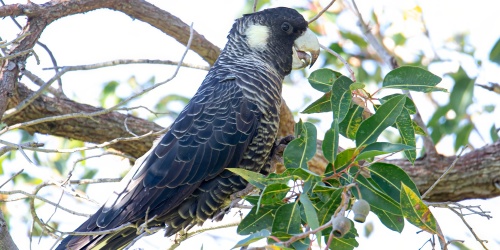
Comb-crested jacana. Photo by Judy Dunlop/DBCA
Program: Ecosystem Science
Status: Active
About the research project
The Ramsar Convention on Wetlands of International Importance (1971) is an international mechanism to reduce wetland degradation and loss.
While the general intent is to conserve all wetlands, the focus is on selected wetlands with a unique ecology, botany, zoology, or hydrology (Ramsar Convention 1987). This resulted in more than 1800 wetlands across the world acquiring Ramsar designation. There are 66 in Australia, 12 of which are in Western Australia and comprise of over 100 individual wetlands.
The Department of Biodiversity, Conservation, and Attractions (DBCA) is responsible for managing wetlands on the conservation estate and reporting on the condition of Ramsar wetlands in WA.
This project aims to undertake key monitoring activities and fill critical knowledge gaps for Ramsar wetlands which, in combination with data provided by other government agencies and non-government organisations, are used to evaluate and report on the ecological health of Ramsar sites in Western Australia.
The project focusses on monitoring waterbird populations and key drivers of wetland biodiversity such as hydrology, water quality, vegetation, but is also developing other site-specific monitoring and research projects as needed.
Management outcomes
This research and monitoring program will provide local managers with information to assist with adaptive management of Ramsar wetlands and for DBCA to report on Ramsar wetland condition and criteria.
Progress
This program is ongoing and has been active since 2020. To date, we have:
- continued or begun regular waterbird and water quality surveys at four Ramsar sites (Forestdale and Thomsons Lakes, Lake Warden System, Lake Gore System and Lake Toolibin)
- conducted macroinvertebrate and water quality surveys at Peel-Yalgroup, Lake Warden, Muir-Byenup and Lake Toolibin Ramsar sites
- conducted fish and water quality surveys at the Muir-Byenup and Lake Warden Ramsar sites
- collaborated with The University of Western Australia to examine the hydrology of Lake Clifton as it relates to the threatened thrombolite community
- Commenced development of unmanned aerial vehicle imagery to build a map of vegetation structure at wetlands
Project staff also provide expertise in a number of working groups to enhance capacity to manage Ramsar wetlands.
Project team
| Michael Venarsky | Adrian Pinder | Gavan McGrath | Josephine Hyde | Adrian Barrett | Kirsty Quinlan | David Cale | Bart Huntley |
|---|---|---|---|---|---|---|---|
| Research Scientist, Ecosystem Science | Principal Research Scientist, Ecosystem Science | Research Scientist, Ecosystem Science | Research Scientist, Ecosystem Science | Technical Officer, Ecosystem Science | Senior Technical Officer, Ecosystem Science | Senior Technical Officer, Ecosystem Science | Geospatial Science Research Officer, Remote Sensing & Spatial Analysis |
Collaborators
University of Western Australia
Peel-Harvey Catchment Council
South Coast NRM
Contact
Michael Venarsky
Research Scientist, Ecosystem Science Program
michael.venarsky@dbca.wa.gov.au
